
Suzuki Celerio Hatchback (2015-2019) running costs and reliability
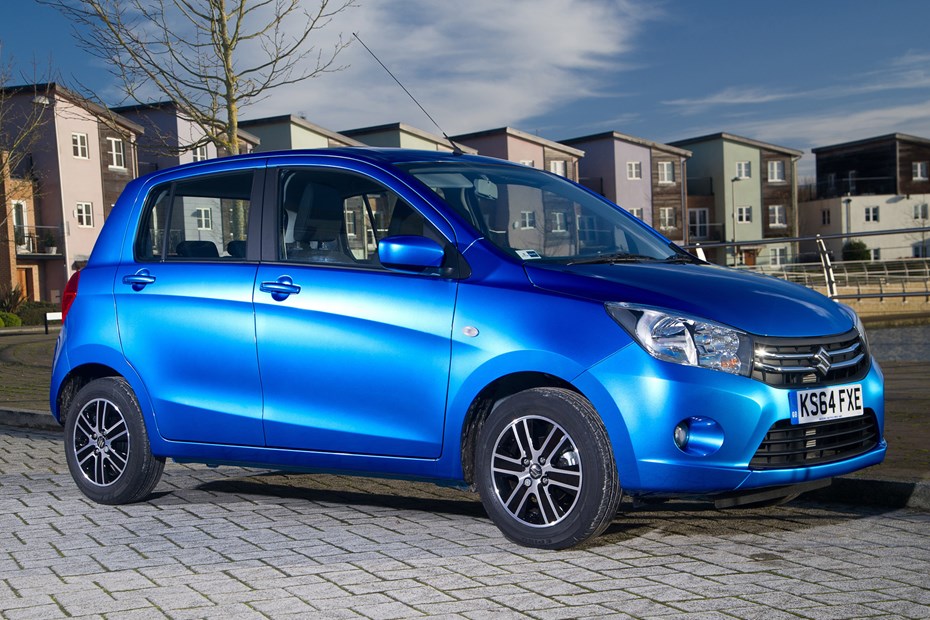
Miles per pound (mpp) ⓘ
| Petrol engines | 8.6 mpp |
|---|
Fuel economy ⓘ
| Petrol engines | 58.8 mpg |
|---|
With a pair of modestly-powered and efficient 1-litre engines to choose from, Suzuki Celerio running costs are always going to be low.
First off, regardless of the engine or gearbox combination you choose, all Celerios emit 99g/km of CO2 or less, meaning at current 2015 VED car tax rates there’s nothing to pay.
The standard 1-litre engine, when fitted with either the five-speed manual or five-speed AGS automated gearbox, deliver a claimed fuel consumption of 65.7mpg, while the DualJet engine beats that considerably at 78.4mpg.
With a 35-litre fuel tank, you still might visit the filling station as often as you do with your current car but you’ll spend less on each visit.
Whichever model you choose, Suzuki Celerio emissions are very low, with all models sub-100g/km of CO2.
Opt for the regular 1-litre engine and it emits 99g/km, while the DualJet lowers that figure to just 84g/km.
At current 2015 rates, all Celerios provide customers with a VED car tax bill of zero.
Although its three year warranty is typical for this class of car, we expect Suzuki Celerio reliability to prove strong over the course of ownership.
Many of the mechanical components have already seen service in other Suzukis with no major reliability concerns reported.
Packed with equipment and built robustly, trim and standard features are likely to continue to function as intended after several years of use but we suspect while the interior plastics are unlikely to break, they may well scratch showing signs of wear and tear.
Ongoing running costs
| Road tax | £20 - £195 |
|---|---|
| Insurance group | 7 |
Get an insurance quote with

|
|



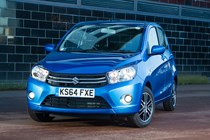
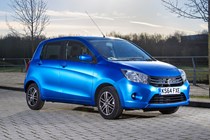
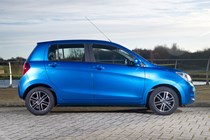

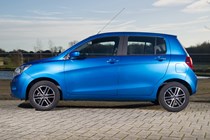
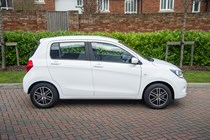
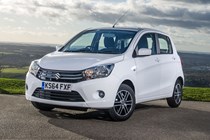
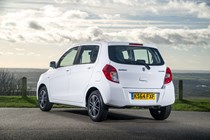
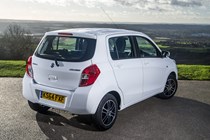
.jpg)
.jpg)
.jpg)
.jpg)
.jpg)
.jpg)
.jpg)
.jpg)
.jpg)
.jpg)
.jpg)
.jpg)
.jpg)
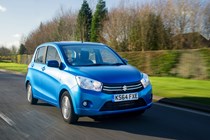
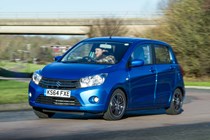
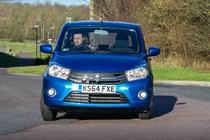

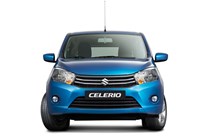
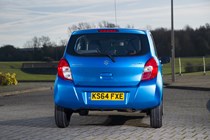
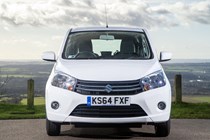
.jpg)
.jpg)
.jpg)
.jpg)
.jpg)
.jpg)
.jpg)
.jpg)
.jpg)
.jpg)
.jpg)
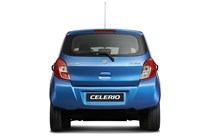
.jpg)


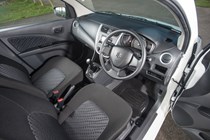
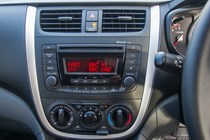
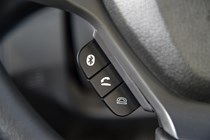
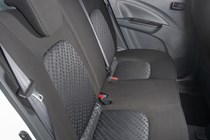
.jpg)
.jpg)
.jpg)
.jpg)
.jpg)
.jpg)
.jpg)
.jpg)
.jpg)
.jpg)
.jpg)
.jpg)
.jpg)
.jpg)
.jpg)
.jpg)
.jpg)
.jpg)
.jpg)
.jpg)
.jpg)
.jpg)
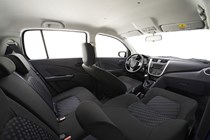
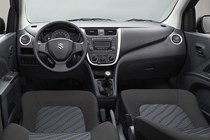
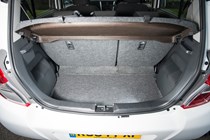
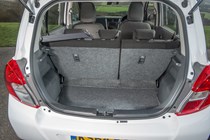
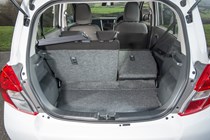
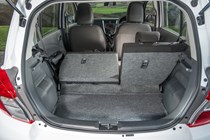
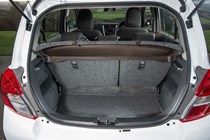
.jpg)
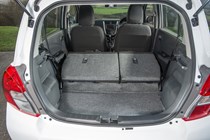
.jpg)
.jpg)
.jpg)
.jpg)
.jpg)
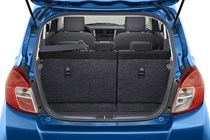
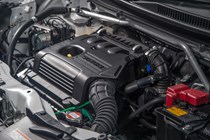
.jpg)
.jpg)
.jpg)
.jpg)










.jpg?quality=50)
.jpg?quality=50)
.jpg?quality=50)
.jpg?quality=50)
.jpg?quality=50)
.jpg?quality=50)
.jpg?quality=50)
.jpg?quality=50)
.jpg?quality=50)
.jpg?quality=50)
.jpg?quality=50)
.jpg?quality=50)
.jpg?quality=50)







.jpg?quality=50)
.jpg?quality=50)
.jpg?quality=50)
.jpg?quality=50)
.jpg?quality=50)
.jpg?quality=50)
.jpg?quality=50)
.jpg?quality=50)
.jpg?quality=50)
.jpg?quality=50)
.jpg?quality=50)

.jpg?quality=50)






.jpg?quality=50)
.jpg?quality=50)
.jpg?quality=50)
.jpg?quality=50)
.jpg?quality=50)
.jpg?quality=50)
.jpg?quality=50)
.jpg?quality=50)
.jpg?quality=50)
.jpg?quality=50)
.jpg?quality=50)
.jpg?quality=50)
.jpg?quality=50)
.jpg?quality=50)
.jpg?quality=50)
.jpg?quality=50)
.jpg?quality=50)
.jpg?quality=50)
.jpg?quality=50)
.jpg?quality=50)
.jpg?quality=50)
.jpg?quality=50)







.jpg?quality=50)

.jpg?quality=50)
.jpg?quality=50)
.jpg?quality=50)
.jpg?quality=50)
.jpg?quality=50)


.jpg?quality=50)
.jpg?quality=50)
.jpg?quality=50)
.jpg?quality=50)